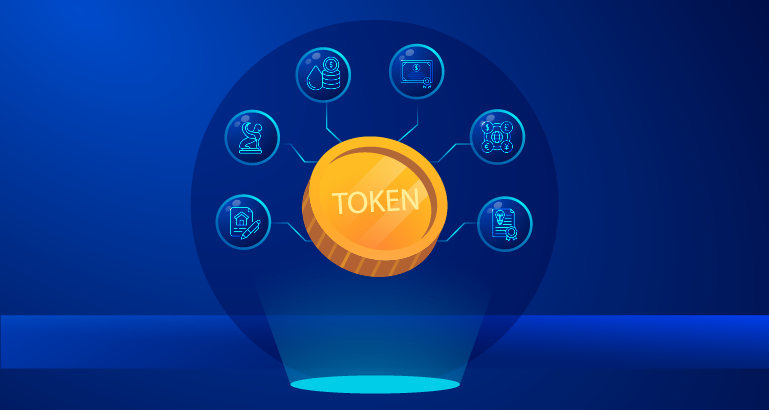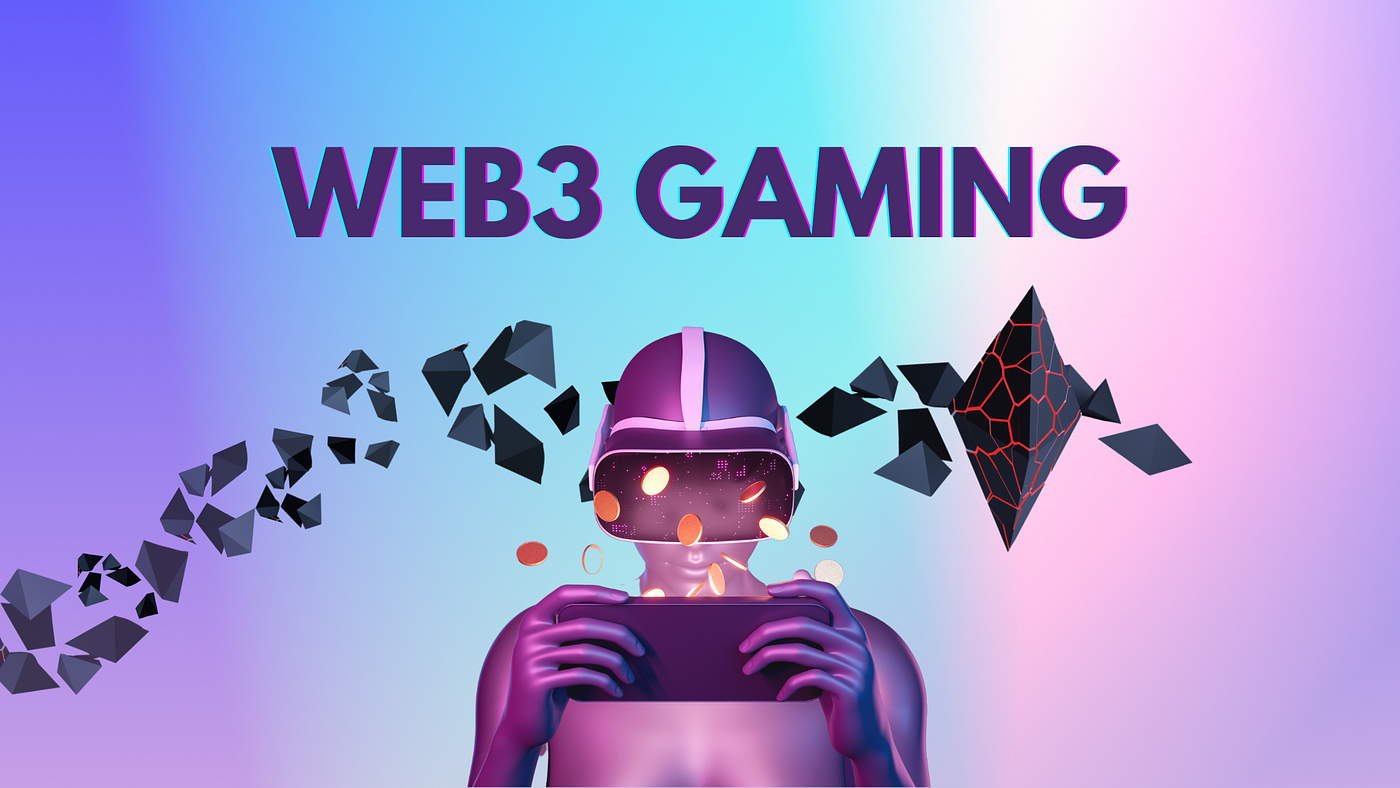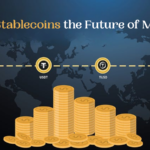The digital world is undergoing a massive transformation, and at the heart of this evolution lies Web3—a decentralized, user-controlled version of the internet. Cryptocurrencies play a crucial role in shaping this new era, helping to build the foundation of decentralized applications (dApps), digital economies, and peer-to-peer networks. In this blog, we’ll explore how cryptocurrencies power the Web3 ecosystem, the challenges they face, and what the future holds for this exciting technological shift.
Introduction to Web3 and Cryptocurrency
What is Web3? Web3 represents the next phase of the internet, a decentralized version of the web that aims to give users more control over their data, identity, and online interactions. Unlike Web2, where centralized entities like Facebook or Google control platforms, Web3 leverages blockchain technology to distribute power and control across networks.
The evolution from Web1 to Web2 to Web3
- Web1 was the static, read-only internet of the 1990s, where users could only consume content.
- Web2 emerged in the 2000s as the dynamic, read-write version of the internet, driven by user-generated content, social media, and big platforms that dominated the online landscape.
- Web3 takes this a step further by introducing decentralization, where users can not only create and share content but also control their data and participate in decentralized networks without relying on intermediaries.
How cryptocurrencies fit into the Web3 vision? Cryptocurrencies are the backbone of Web3. They enable the decentralized financial transactions that Web3 requires, allowing users to exchange value without the need for banks or payment processors. More than just digital money, cryptocurrencies provide access to decentralized applications (dApps), smart contracts, and digital assets.
Core Concepts of Web3
Decentralization: Moving away from centralized platforms Decentralization is the core principle of Web3. Rather than relying on a few big companies to store and manage user data, Web3 uses blockchain networks where data is distributed across multiple nodes. This ensures no single entity has complete control, enhancing both transparency and security.
User Control and Ownership: Empowering users with their own data In Web3, users have true ownership of their data. Cryptocurrencies play a key role here, as they provide the mechanism for users to control their digital assets, whether that’s financial holdings, personal information, or even digital art in the form of NFTs. This user empowerment contrasts sharply with Web2, where corporations have control over user-generated data.
Transparency: The role of blockchain in creating trust Blockchain technology, which underpins Web3, is inherently transparent. All transactions are recorded on a public ledger, viewable by anyone, which reduces the risk of fraud and builds trust between users. Cryptocurrencies operate on these transparent networks, providing secure and auditable means of transferring value.
How Cryptocurrencies Power the Web3 Ecosystem
Cryptocurrencies as the native currencies of Web3 In the Web3 world, cryptocurrencies are more than just a method of payment. They act as the native currencies that fuel decentralized platforms. Whether you’re interacting with a decentralized finance (DeFi) protocol, participating in a decentralized governance model, or purchasing digital goods, cryptocurrencies provide the means to interact with these systems.
Decentralized transactions and smart contracts Cryptocurrencies enable decentralized transactions without needing a trusted third party, like a bank or payment processor. Smart contracts, powered by cryptocurrencies, automate these transactions. For example, Ethereum’s smart contracts can execute agreements automatically when predefined conditions are met, streamlining processes such as financial services, supply chain management, and more.
Facilitating peer-to-peer exchanges One of the most exciting features of Web3 is the ability for users to interact directly, peer-to-peer, without relying on intermediaries. Cryptocurrencies enable these direct exchanges of value, whether it’s sending money, trading tokens, or purchasing services—all without middlemen who take fees or impose restrictions.
Tokenization in Web3
Utility tokens: Enabling access and governance in decentralized apps (dApps) Utility tokens are essential to Web3 ecosystems, acting as the “fuel” for decentralized applications. These tokens grant users access to the features of dApps and can also be used in governance mechanisms, where token holders can vote on decisions related to the platform.
Governance tokens: Empowering users to influence Web3 platforms In decentralized platforms, governance tokens give users the power to shape the future of the protocol. Holders of these tokens can vote on proposals for platform upgrades, protocol changes, and more. This makes governance tokens critical to maintaining decentralized control in Web3.
NFTs: The role of digital ownership in Web3 Non-fungible tokens (NFTs) are unique digital assets that represent ownership over items like art, music, or virtual real estate. In Web3, NFTs redefine ownership by allowing creators and users to maintain control over their digital content, without the need for platforms or intermediaries.
Cryptocurrency and Decentralized Finance (DeFi) in Web3
The rise of DeFi as a core component of Web3 Decentralized Finance, or DeFi, is one of the most important applications of cryptocurrency within the Web3 ecosystem. DeFi eliminates the need for traditional financial institutions by allowing users to lend, borrow, trade, and earn interest on cryptocurrencies through decentralized protocols.
Eliminating intermediaries in financial services Traditional financial services rely on banks, brokers, and payment processors. In DeFi, these intermediaries are replaced by smart contracts on blockchain networks. This reduces fees, speeds up transactions, and opens access to financial services for anyone with an internet connection.
Popular DeFi platforms and their role in Web3 Platforms like Uniswap, Aave, and Compound have revolutionized financial services by offering decentralized trading, lending, and borrowing. These platforms are entirely powered by cryptocurrencies and operate autonomously through smart contracts, making them essential parts of the Web3 ecosystem.
Cryptocurrency’s Impact on Data Privacy in Web3
How blockchain ensures user privacy Web3 promises greater privacy by allowing users to control their personal information. Blockchain technology enables secure and private interactions by using cryptography, ensuring that user data is not accessible to unauthorized parties.
Protecting personal data with decentralized solutions Unlike centralized platforms, where user data is stored in large databases vulnerable to hacks, Web3 platforms distribute this data across a blockchain. This decentralized approach makes it more difficult for hackers to access sensitive information, providing enhanced privacy protections.
Cryptocurrency wallets: Anonymous and secure transactions Cryptocurrency wallets allow users to send and receive funds without revealing their identity. This pseudonymous nature of cryptocurrencies provides a layer of privacy not possible in traditional financial systems. In Web3, these wallets will be the gateway to interacting with decentralized services while maintaining personal privacy.
The Role of Stablecoins in Web3
Stablecoins providing stability in a volatile market Cryptocurrencies are known for their volatility, but stablecoins offer a solution by being pegged to stable assets like the US dollar. In Web3, stablecoins provide the stability needed for day-to-day transactions, allowing users to avoid the wild price swings associated with other cryptocurrencies.
How stablecoins can support Web3 financial systems Stablecoins like USDC and DAI are crucial for the growth of DeFi and Web3 platforms. By offering a stable form of value, they enable users to engage in decentralized finance with less risk, facilitating everything from lending to payments.
Web3 Gaming and Play-to-Earn Models
The role of cryptocurrency in Web3 gaming Cryptocurrency is revolutionizing the gaming industry by enabling players to earn real-world value through in-game activities. In Web3, players can own their in-game assets (like weapons, characters, or virtual land) as NFTs, trade them on decentralized marketplaces, and even earn tokens for playing.
Play-to-earn models transforming digital economies Play-to-earn models allow gamers to earn cryptocurrency by participating in games, effectively creating a new form of income. This model is transforming the digital economy, enabling users to turn their time and effort into real-world financial rewards through decentralized platforms.
How gamers are rewarded through crypto-based economies Games like Axie Infinity and The Sandbox are examples of how Web3 is turning gaming into a profitable venture for players. These platforms reward players with cryptocurrency, which they can trade, sell, or invest, creating a new way for gamers to participate in decentralized economies.
Challenges Facing Cryptocurrencies in Web3
Regulatory concerns and government policies As cryptocurrency adoption grows, governments are taking notice. Regulatory frameworks around cryptocurrencies are still evolving, and the lack of clarity on issues like taxation, compliance, and legality could pose challenges for widespread adoption in the Web3 ecosystem.
Scalability and energy consumption issues Blockchains like Bitcoin and Ethereum have faced criticism for their scalability issues and energy consumption. As Web3 grows, solutions like Ethereum 2.0 and Layer 2 scaling technologies will be crucial in overcoming these challenges.
Security risks and crypto-related frauds While blockchain technology is secure, the rise of decentralized platforms has also seen a surge in fraud and hacks. Ensuring the security of Web3 platforms and educating users about risks will be vital for the safe growth of the ecosystem.
The Future of Cryptocurrency in the Web3 Ecosystem
Potential growth and mainstream adoption As Web3 continues to evolve, the role of cryptocurrencies will expand. More industries are likely to adopt decentralized technologies, and with them, the use of cryptocurrencies will become mainstream.
How cryptocurrency will shape future decentralized economies Cryptocurrencies are the foundation of Web3’s decentralized economy. Whether through peer-to-peer exchanges, decentralized finance, or tokenized ownership, cryptocurrencies will continue to reshape how we think about value and ownership in the digital world.
The long-term vision of a decentralized internet The ultimate goal of Web3 is a fully decentralized internet where users control their data, identity, and finances. Cryptocurrencies are key to realizing this vision, providing the infrastructure for a more transparent, secure, and user-centric internet.
Conclusion
Cryptocurrency plays an essential role in the Web3 ecosystem, enabling decentralized applications, secure transactions, and new digital economies. As Web3 continues to grow, cryptocurrencies will be at the forefront of this transformation, reshaping how we interact with the digital world. Despite challenges such as regulation and scalability, the future of cryptocurrency in Web3 looks promising, with the potential to redefine everything from finance to gaming.







